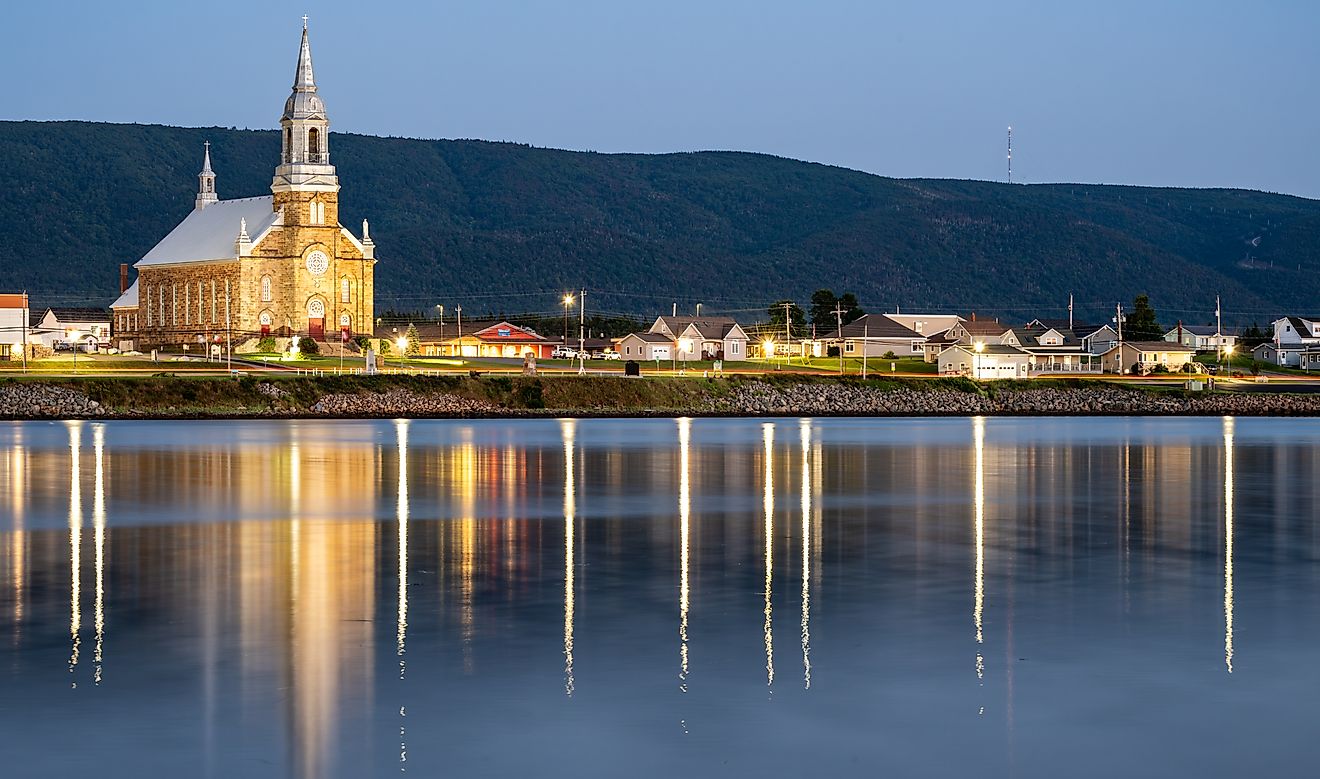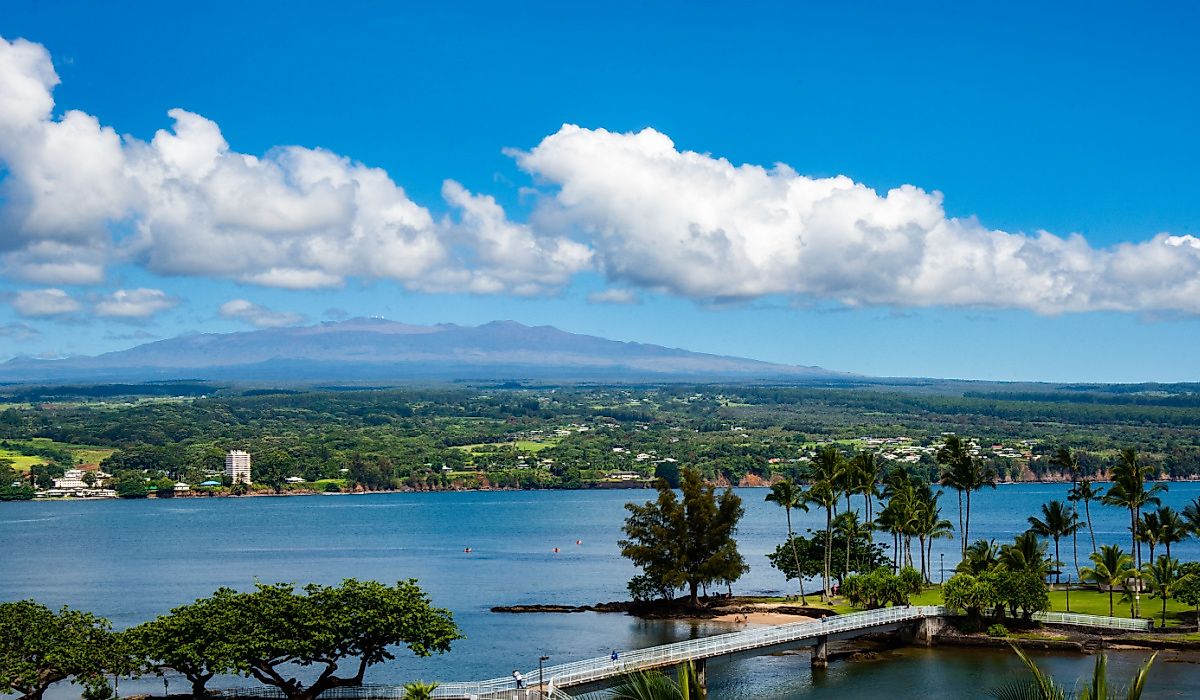Top 10 Sustainable Tourist Destinations Of 2019

Sustainable tourism is a concept where tourists leave a positive influence on the destinations’ environment, society, and the economy. They are modern attempts at combining tourism and the preservation of cultures and ecosystems while raising the living standards of the locals. These three form the main pillars of sustainable tourism. Environmental sustainability goes beyond going green, and it involves the preservation of natural resources for other people to use in the future. Socio-cultural sustainability consists of the minimization of the negative impact that foreign cultures can have on local traditions. Getting local people involved in the tourism industry is the most effective way to achieve this. Economic sustainability is a means of making sure local people reap the benefits by allowing space and the resources to set up ventures that generate income from tourism. These could be hotels, curio shops, and other like-minded businesses that go well with the tourism industry. The top 10 sustainable tourist destinations of 2019 are the following.
West Coast Islands, Netherlands
The Netherlands is home to the West Coast Islands that is made up of Goeree-Overflakkee, Schouwen Duiveland, which is a beach and nature destination loved by many. There is the island of Veere and Westvoorne. Each of these islands possesses unique features that boast of scenic dunes, museums, and nature walks, boat rides on the North Sea, inland lakes, and cycle paths. Goeree-Overflakke has plans underway to make itself energy neutral in 2020 in its bid to save energy and provide an alternative and sustainable energy source for its people.
Lake Tahoe, USA
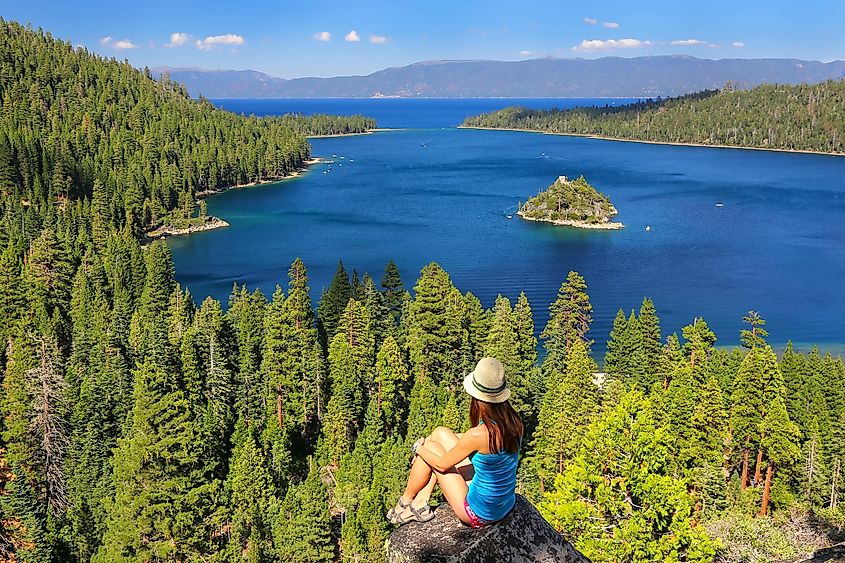
Lake Tahoe is North America’s largest alpine lake, and it is located in the Sierra Nevada mountain ranges. Past human activities led to the destruction of vital watersheds and aquatic habitats, which led to the federal-state taking over the restoration of the whole area. Lake Tahoe is now among the most preferred eco-tourism destination loved for its kayaking, hiking, cycling during the summer season and skiing during winter. The success behind Lake Tahoe lies in the ingenious ideas that were implemented in the 1980s. For instance, all the sewage was required to be exported out of the whole basin. Private developers whose land parcels could pose a threat if developed were compensated and relocated to other areas. Close to $1billion of federal funds have been pumped into the restoration of the lake so far.
Sani Isla, Ecuador
What started with three families in 1965 has now grown into one of the most successful ecotourism destinations in South America. Nestled in the Ecuadorian Amazon forest, the Sani Isla has grown from a community of simple farmers into environmental guardians who have been fighting against oil exploration in their bid to preserve the pristine nature around them. With the help of the Rainforest Partnership, the Sani Isla people have been trained in running various businesses that bring them income from visiting tourists. At the heart of all these efforts is the Sani Lodge Community Tourism Center that handles the training of personnel to provide better services to visitors. It also equips them with the proper education that helps them run the place without being taken advantage of, as was the case some years back.
Ljubljana, Slovenia
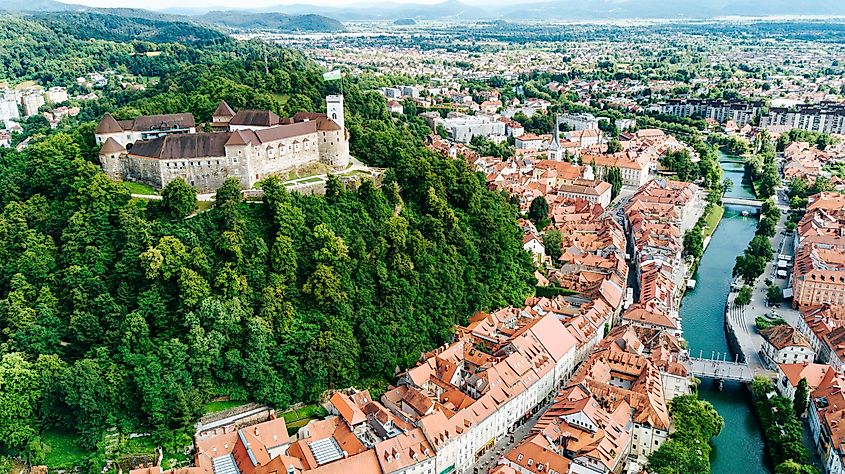
One of the greenest cities in Europe, Ljubljana, offers its visitors a unique experience that may not be found in many places. The city center is closed to any form of a motor vehicle with walking and bicycles being the only modes of movement. This arrangement allows the visitors enough time to take in and appreciate the sites. With a population of only 293,000, Ljubljana is never crowded but has an impressive ethnic diversity thanks to the many universities that attract students from around the globe. The city of Ljubljana is also a top culinary dream destination for gourmet enthusiasts who get the chance to sample some traditional Slovene dishes. The city also has a lot of historical sites and ski resorts.
Gozo Island, Malta
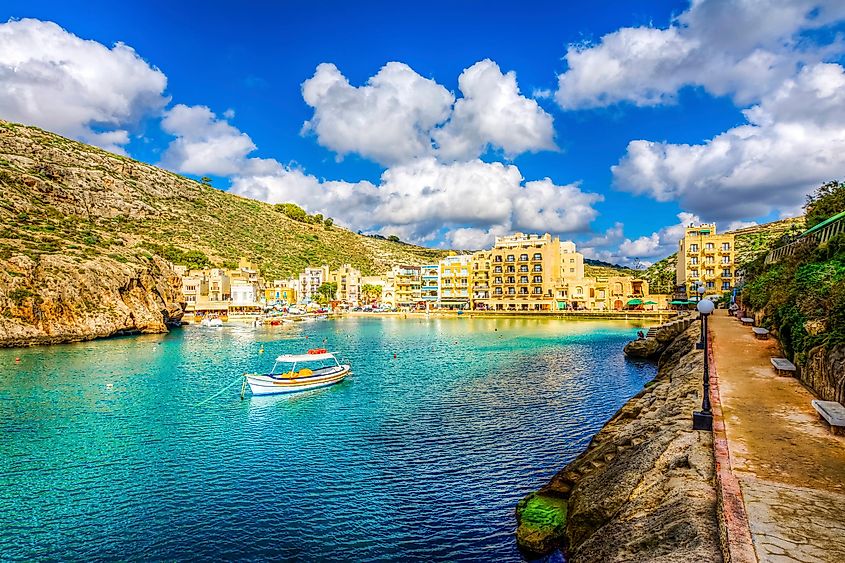
From archaeological sites, beaches, museums, medieval churches and chapels, parks, and gardens, the island of Gozo has everything to offer. Unlike the densely inhabited island of Malta, Gozo is home to 30,000 people, which is the reason why the island has been able to resist the trappings of urbanization that turned Malta into an overcrowded urban centers. Sustainable tourism has been a success in Gozo because of several factors, such as the cultures of the local people. The local is highly valued and promoted as an attraction to the outside world. Gozo has been recognized as more than just a little island with sunny beaches and diving resorts.
Petra Archeological Park, Jordan
Often regarded as one of the seven wonders of the world, this ancient historical sites located in the south of Jordan is one of the largest and most complex archeological sites. UNESCO has listed it as a world heritage site for 30 years now. The park sits on a 102 square miles area and is part of the ancient Nabatean capital that was carved out of the rocky mountains 2000 years ago. Visitors are treated to walks along Greco-Roman style streets, royal tombs built into the mountains with the most famous being the Urn and the Corinthian tombs. The richly colored stone houses are some of the attractions.
Torroella de Montgrí-L'Estartit, Spain
With a 1000-year history, Torroella de Montgri-L ‘Estartit is another world-famous historical center located in Girona, Spain. The Girona municipality has been able to successfully balance between the area’s tourism-related activities and the preservation of the environment of the small fishing hamlet in perfect harmony. Torroella de Montgrí-L ‘Estartit in 2006 was awarded the European Charter for Sustainable Tourism in recognition for its efforts to set itself up as an ecotourism destination. The biggest tourist attractions are architectural landmarks like churches, castles, and museums. Art and music derived from the local communities are other magnets for visitors who frequent the location.
Mali Losinj, Croatia
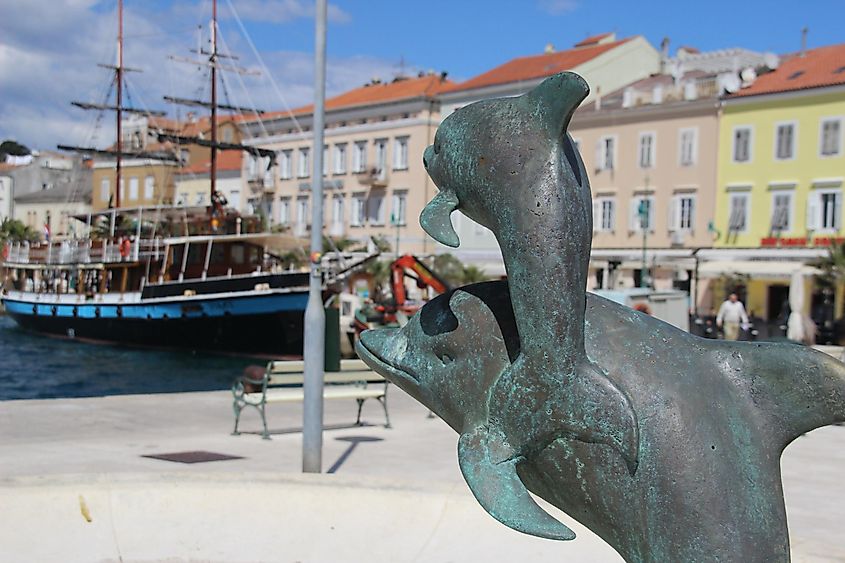
Located on the island of Losinj in Western Croatia, Mali Losinj is a historical tourist destination that has over the years propped itself as an island of vitality, sports, and health. Besides the rich biodiversity, it has 173 miles of footpaths and cycling trails, high-quality bathing water with healing properties, and a lot of medicinal plants. Mali Losinj is also home to a bottlenose dolphin reserve that won the European Tourism Indicator System for Sustainable Development Award in 2016.
The High Pamirs, Tajikistan
Beautiful rolling plains and mountain ranges of the High Pamirs in Tajikistan are a big attraction for car enthusiasts who get a rush out of conquering challenging landscapes using their big trucks. The rich culture of the locals that have been isolated from modernity makes for an exciting experience.
Agueda, Portugal
A hub of Portuguese culture combined with scenic landscapes, Agueda stands apart from other eco-tourism destinations. Considered to be a smart city, Agueda uses technology and innovation to market itself to the world. Cycling and hiking are some of its best-selling points, as well as the local cuisine and art.
Challenges Facing Sustainable Tourism
As much as sustainable tourism is based on environmental conservation, social emancipation, and economic empowerment, it has been found that the exploitation of local communities is still widespread. Monopolies from big international franchises tend to eclipse the needs of the locals, and in the long run, the local people end up losing out. Pollution is still another issue that has not been adequately addressed. Better waste management methods have not been availed yet, and this makes it hard for the environment to remain unscathed.










